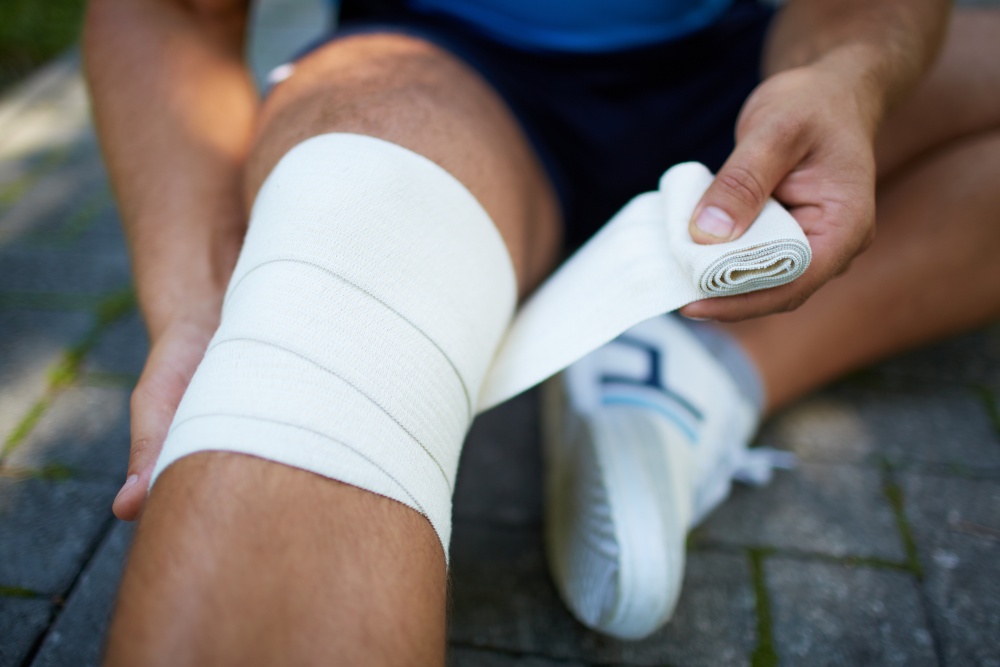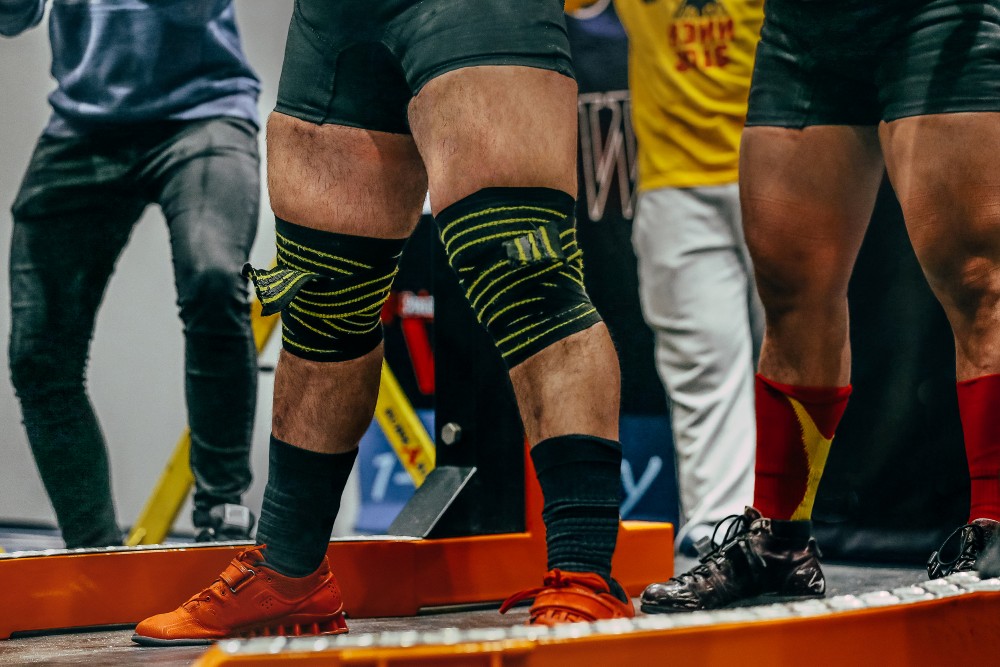The $30 Investment That Could Prevent a $3000 Surgery – Wrestling Knee Sleeve
Why Every Wrestler Needs a Knee Sleeve Before Their Next Match
The whistle blows. You shoot for a double-leg takedown, but as you drive through, you feel that familiar twinge in your knee. For thousands of wrestlers across America, this scenario plays out every practice, every tournament. What separates those who power through their senior year from those watching from the sidelines often comes down to one overlooked piece of equipment: the wrestling knee sleeve.
The Silent Epidemic in Wrestling Rooms
According to the National Center for Sports Safety, knee injuries account for 31% of all wrestling injuries at the high school level. That’s nearly one in three wrestlers dealing with knee problems during their career. Yet walk into any wrestling room, and you’ll see maybe half the athletes wearing proper knee protection.
Coach Martinez of Lincoln High recalls that his senior Jake Thompson, who was bound to state, ripped his MCL at regionals. Jake had been complain of knee pain weeks prior and we just taped it and kept on. Had I known then what I now know of knee sleeves in wrestling, that boy would probably wear his state medal to-day.

What Makes Wrestling Different
Wrestling places a special burden on the knee joint where a basketball or football would not. The repeated extension, shooting, and scurrying produce rotational pressures which the normal athletic tape cannot cope with. Dr. Sarah Chen is a sports medicine physician with USA Wrestling and says: Knee sleeves used in wrestling should offer compression without limiting the explosive motion wrestlers depend on. It’s a delicate balance.”
The key difference lies in the materials and design. Quality wrestling knee sleeves use a blend of neoprene and spandex that maintains elasticity even when soaked in sweat. They’re also designed with reinforced stitching around high-stress areas – something you won’t find in generic athletic sleeves.
The Youth Wrestling Revolution
The market of youth wrestling knee sleeve has been booming in the recent years and rightly so. According to studies conducted by the American Academy of Pediatrics, young athletes who wear appropriate protective technology lower the risk of injury by up to 60 percent.
Emma Rodriguez, whose 14-year-old son competes in youth tournaments across Texas, shares her experience: “After Tyler’s first knee tweak, I bought him a proper wrestling knee sleeve. Not only did his confidence come back, but his performance improved. He went from getting pinned regularly to placing third at state.”

Choosing the Right Knee Sleeve Wrestling Gear
Not all knee sleeves are created equal. Here’s what separates tournament-ready gear from weekend warrior equipment:
Thickness matters: Competition-grade wrestling knee sleeves typically measure 5-7mm thick. Thinner sleeves (3mm) work for practice, while thicker ones (9mm+) are overkill and can restrict movement.
Sizing is crucial: A properly fitted sleeve should feel snug but not cutting off circulation. Many wrestlers make the mistake of buying too small, thinking tighter equals better support.
Seam placement: Quality sleeves have minimal seaming around the kneecap area to prevent irritation during mat burns and friction.
Real Stories from the Mat
Marcus Johnson, now a college wrestler at Penn State, credits his high school success to making the switch to proper knee protection junior year. “I was dealing with patellar tendonitis that was getting worse each season. My wrestling coach recommended a specific knee sleeve for wrestling, and within three weeks, the pain was manageable. I ended up having my best season that year.”
The numbers back up stories like Marcus’s. A 2023 study following 200 high school wrestlers found that those using proper knee sleeves missed 40% fewer practices due to knee-related issues compared to those using basic compression sleeves or no protection at all.

FAQs About Wrestling Knee Sleeves
Q: Can I wear knee sleeves during official matches? A: Yes, most wrestling associations allow knee sleeves as long as they don’t have hard or rigid components. Always check with your specific organization’s rules.
Q: How often should I replace my wrestling knee sleeves? A: Quality sleeves should last a full season with proper care. Replace them if you notice loss of compression or visible wear around seams.
Q: Do knee sleeves actually prevent injuries? A: While they can’t prevent all injuries, research shows they reduce the severity of common wrestling knee injuries by providing proprioceptive feedback and compression support.
Q: Should youth wrestlers use the same sleeves as adults? A: Youth wrestling knee sleeves are specifically designed for growing bodies and typically offer lighter compression while maintaining protection.
The Bottom Line: Do the Math
Surgery is an added cost to wrestling. The average wrestling family incurs expenses of $1,200-2,000 on equipment, transportation and fees per season. An extra few dollars (30-50) on a knee sleeve could be another cost, but it is a guarantee against disastrous expenses.
Take this into account: assuming that there is even a 10% chance that your wrestler will require knee surgery at some point in her career (statistically, it is even more likely than that), the expected cost of such surgery is 1,800-2500. A good knee sleeve will cost 30-50 dollars and may help avoid that whole situation.
Whether you’re a parent budgeting for your kid’s wrestling career or a coach building a program, investing in proper knee sleeves for wrestling isn’t just about safety – it’s about financial responsibility. Don’t let a $30 decision become a $30,000 regret.







